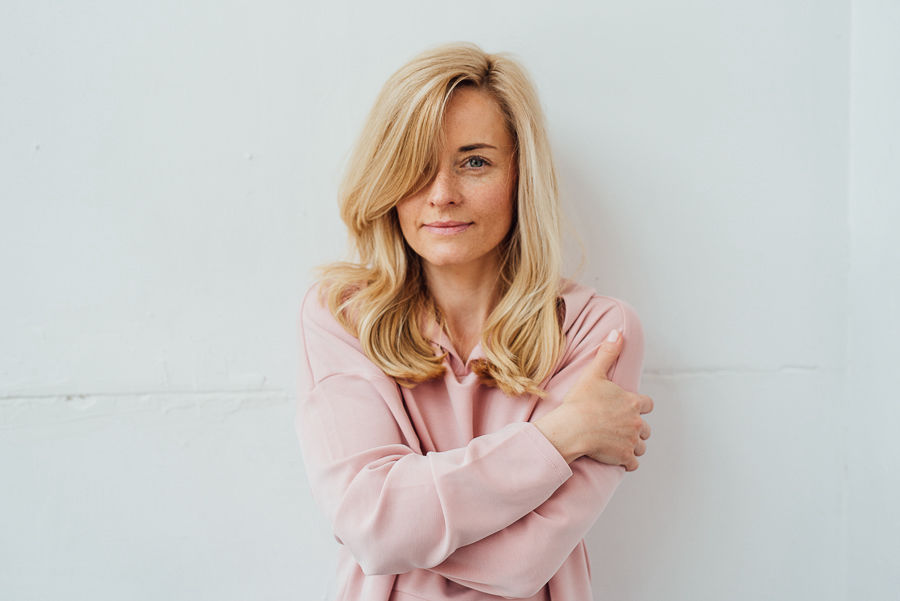Remember that a man who wants to take pictures does not know how to photograph and pose like you. It is very possible that it is for him one of the first experiences with photos. (As above - I don't count the photo for proof. If we count them, we should try to make the next meeting with the photographer as pleasant as possible;))
The person who wants to take pictures with you is most likely looking for someone to guide her through the process by the hand. He will tell you how to prepare, what to wear, how to paint, DEFENSE, show you how to set up and WHAT TO DO WITH HANDS. :)
Remember to be a confident person.
Your joy, smile and confidence will magically pass over to the person being photographed. If you don't know what to do and how to work yourself, there will be too many uncertain people on the set.
Get ready for the session in advance. Check what relaxes your clients the most. Maybe some specific questions? Jokes? Examine the topic and then remember what makes people relax with you.
Talk to the person you photograph, make a bond.
Rather, do not start a political talk about the socio-economic situation on a whistle, because it can introduce unnecessary embarrassment. ;) Let the model talk about what he likes, what is easy to talk about and what is always what to say: about his work, project, hobby. It will bring a real joy on your face, which you will only be able to capture at the right moment.

